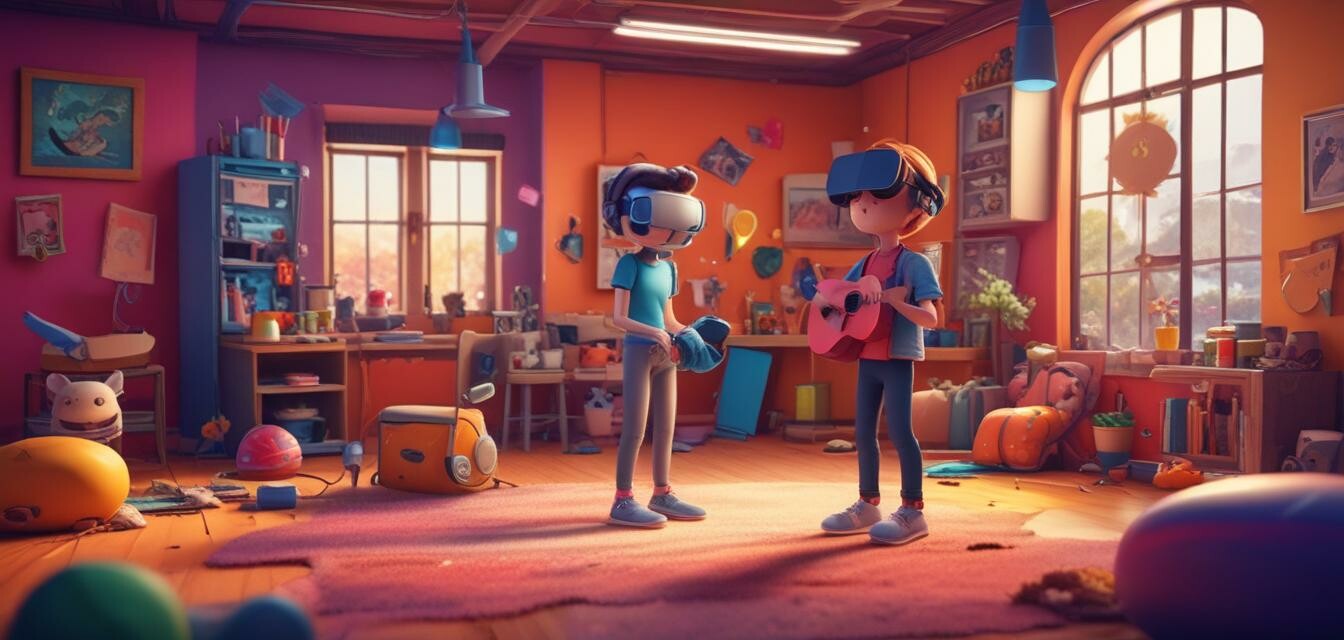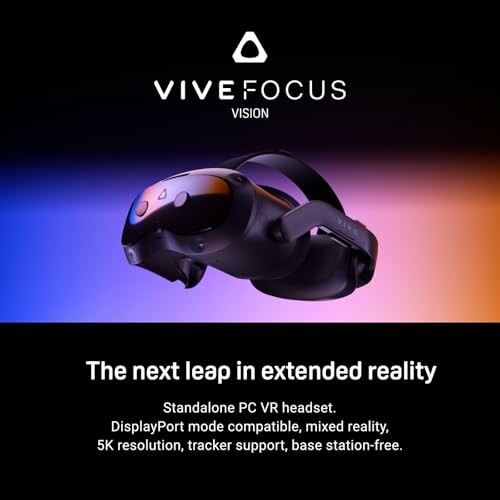
A Complete Guide to Choosing the Right VR Headset
Key Takeaways
- Evaluate the age suitability of VR headsets for your child.
- Consider safety features to protect young users.
- Look for educational content that makes learning fun.
- Understand the difference between standalone and PC VR headsets.
- Check for comfort and adjustability to ensure a suitable fit.
As the popularity of virtual reality (VR) continues to grow, parents are often seeking the best options for their kids. Choosing a VR headset is not just about captivating graphics or exciting games; it also involves safety, educational benefits, and the overall experience for your child. In this guide, we will explore everything you need to know when it comes to selecting the right VR headset for children, ensuring a fun and secure experience.
Understanding VR Headsets
Virtual reality headsets are devices that allow users to experience immersive digital environments. While many VR headsets are designed for older teens and adults, there are many options tailored for kids that incorporate educational content.
Types of VR Headsets
- Standalone VR Headsets: These headsets operate independently without requiring a computer. They are user-friendly and portable, making them an excellent choice for children.
- PC VR Headsets: These need to be connected to a gaming computer and often offer higher fidelity graphics and more extensive game libraries. They might not be suitable for all children due to the complexity involved.
| Feature | Standalone VR Headsets | PC VR Headsets |
|---|---|---|
| Age Suitability | Designed for younger users, usually 8+ | Typically suited for older teens and adults |
| Portability | Highly portable, no extra gear needed | Less portable, requires a PC |
| Game Library | Limited but child-friendly | Extensive library, more mature options |
Key Factors to Consider When Choosing a VR Headset
1. Safety Features
Safety should always be a priority when it comes to children’s electronics. Look for headsets that have:
- Adjustable straps for a secure fit
- Soft, cushioned materials to prevent discomfort
- Built-in parental controls or features to limit content
2. Age Appropriateness
Many VR headsets are sold with recommended age guidelines. It’s essential to consider these when making a purchase. Generally, headsets suitable for children will have more limited content options that are educational and age-appropriate.
3. Educational Content
Virtual reality can be a powerful tool for learning. Look for headsets that provide:
- Educational games that teach subjects like math, science, and history
- Interactive experiences that allow children to explore new concepts
Some popular educational tech for kids integrate seamlessly with VR headsets, enhancing the learning experience further.
4. Comfort and Fit
Since kids may wear VR headsets for extended periods, comfort is crucial. Ensure the headset:
- Has adjustable straps for customized fitting
- Is lightweight for extended use
- Offers padding to prevent discomfort during use
VR Headset Recommendations for Kids
Here are some top VR headsets suitable for children:
HTC Vive Focus Vision
The HTC Vive Focus Vision provides versatile standalone VR and PC connectivity for immersive gameplay, suitable for older kids and teens.
Explore NowPros and Cons of VR Headsets for Kids
Pros
- Engaging and immersive learning experiences
- Safe options designed specifically for younger users
- Encourages active learning and creativity
Cons
- Can be expensive
- Risk of overuse leading to fatigue or discomfort
- Not all content may be age-appropriate
Conclusion
Choosing the right VR headset for your child can be a rewarding experience, as virtual reality has the power to enhance learning and provide engaging entertainment. Focus on safety, educational content, and age appropriateness when making your selection. With the right headset, your child can embark on limitless adventures, both educational and fun.
Further Reading
If you're looking to expand your knowledge about children's electronics and gaming, check out these resources:
